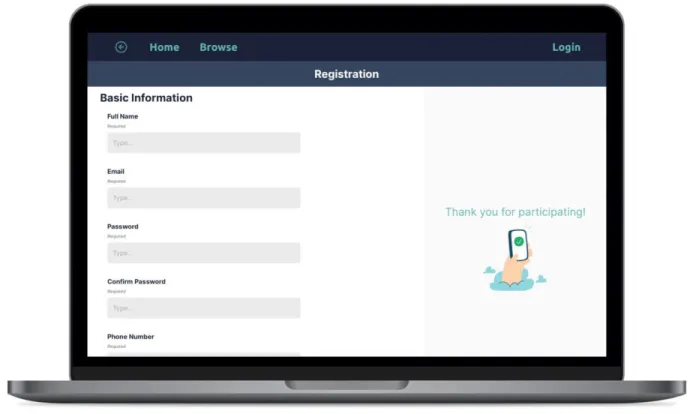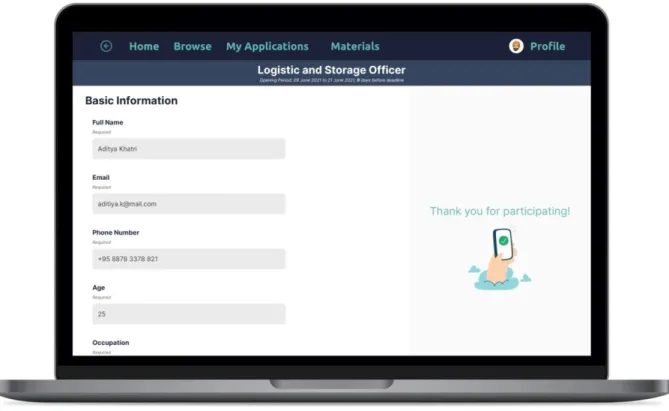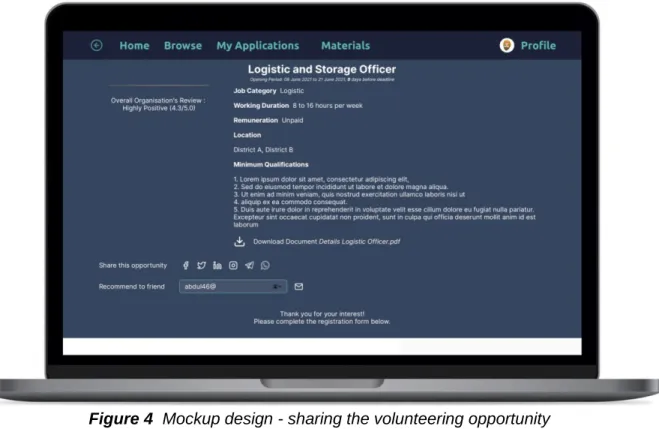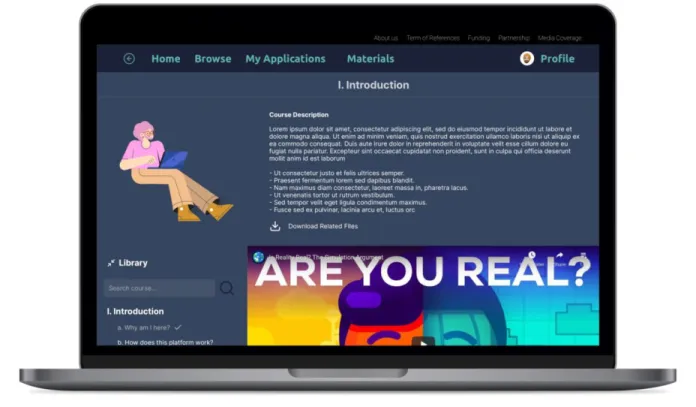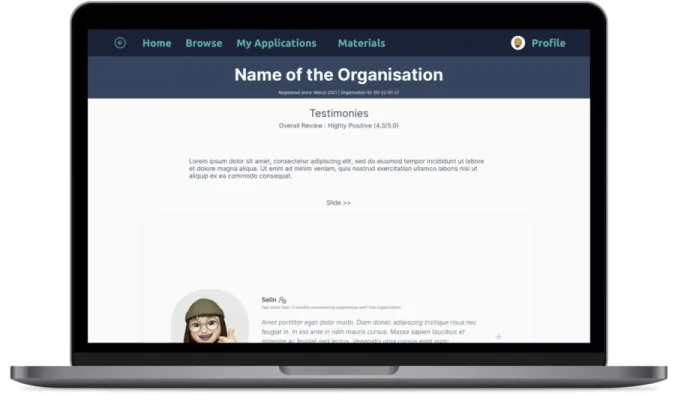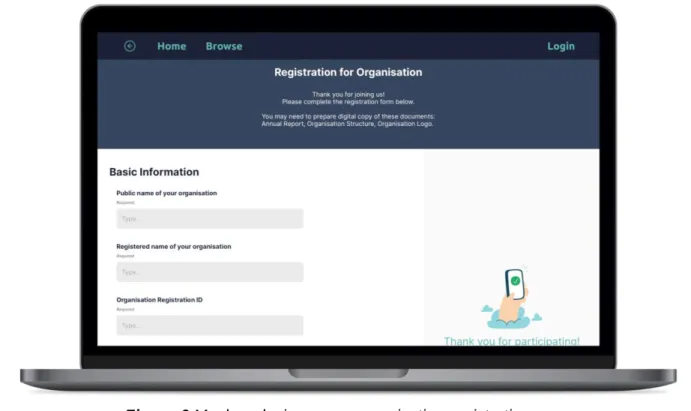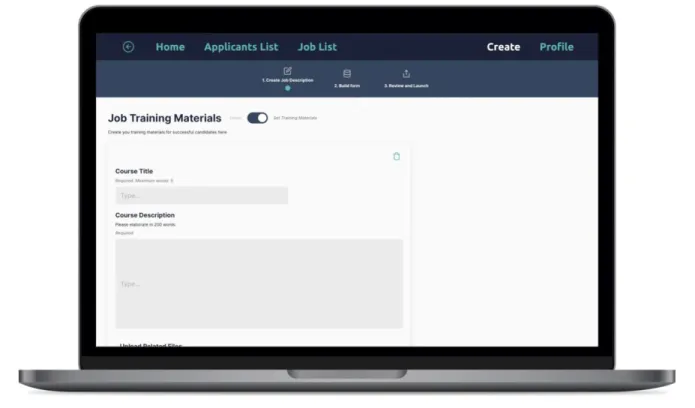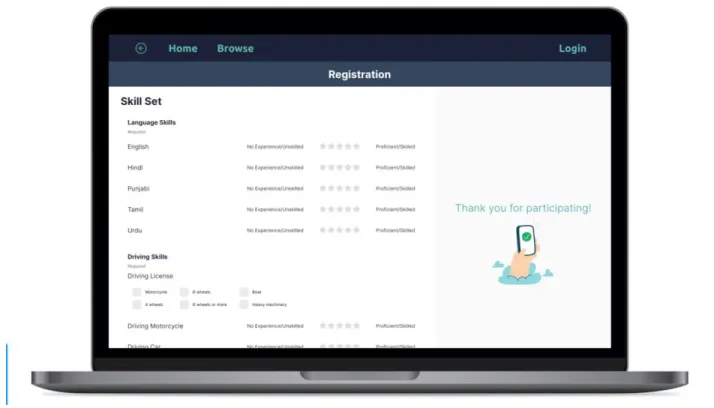Kendra also worked at the Singapore Ministry of Health during the height of Singapore's Covid-19 crisis in 2020. She is particularly committed to contributing to causes that mitigate the negative impact of the COVID-19 pandemic on the most vulnerable. Many countries have failed to contain the COVID-19 pandemic with rising cases and high deaths.
With cases falling in India from September 2020, India was unprepared for the more contagious variant of the COVID-19 virus and the second wave of the pandemic. Observers of the pandemic cited the following factors as contributing to the increase in COVID-19 cases in the second wave: (i) complacency after the first wave ebbed; (ii) failure to expand public health care capacity; (iii) lack of coordination between public health authorities; and (iv) the highly contagious Delta Plus variant of the virus. The shortage of public health personnel, the inadequate healthcare facilities and the sudden increase in demand for treatments for COVID-19 led to the disintegration of the healthcare system in India21.
Report of the Independent Panel on Pandemic Preparedness and Response: Make COVID-19 the Last Pandemic. As the second wave of Covid-19 hits rural India, civil society groups need to be supported – and valued.
Recruitment and Selection
This project aims to complement existing civil society efforts by improving volunteer matching to NGOs that rely heavily on volunteers to sustain efforts in crisis situations. Relief Valve will complement existing civil society efforts and streamline them into one platform for recruiting and training volunteers. India has a huge population and the scale of civic activism in the face of the pandemic attests to the enormous potential of civil society impact.
A key element is the means by which these volunteers are managed – which translates directly into the work NGOs do in their efforts to combat the pandemic. It is worth noting that Relief Valve will not actively select volunteers, as this will be left to the discretion of NGOs. However, the platform will have indicators that can better facilitate the effective selection of suitable volunteers for specific volunteer opportunities – this includes language skills, due to the need to communicate with certain communities in certain dialects, or their ability to drive if transport is logistics, e.g. as health kits are needed.
The nature of the pandemic and the required resources from civil society are very specific, and by streamlining the process of gathering information about the needs of organizations and communities in the pandemic, Relief Valve facilitates better and faster selection of the necessary volunteers.
Training
Retention
The concept of Relief Valve was also discussed and the insights from this discussion were used to create a mockup of the platform to help visualize the end product. Relief Valve will therefore also provide training materials on effective work-from-home practices such as the use of collaborative tools such as Slack. Relief valve is the stop-gap measure by matching civilians to the work functions necessary for the operation of the institutions.
Outreach activities (via social media and by promoting Relief Valve through peer networks) will be conducted to spread awareness about the platform among volunteers and civil society organizations. Volunteers will be required to sign up and create a profile containing basic details such as age, education level, occupation, physical ability and skills. In addition, details from the application form will be used to identify suitable volunteers for posts and this will be highlighted to organisations.
After being recruited for volunteer positions, volunteers will be given basic skills training that will prepare them for the position. Volunteers have three days to complete the materials; alerts will be sent to both volunteers and organizations to inform them of progress. These volunteers will have access to these materials prior to the start of the assignment; Relief Valve acts as a one-stop portal for volunteers to manage their applications and undergo training.
When applications are available, organizations will be notified on the website when they apply and will then be able to navigate to view the volunteer application. An algorithm will be built into the system to enable the efficient connection of volunteers with organizations. Volunteer profile details will be matched with the organization's opportunity details, with the platform identifying suitable volunteers based on their stated characteristics (location, languages spoken, skill sets, etc.) and highlighting relevant volunteer opportunities.
A rough estimate of the cost of financing Relief Valve was obtained after consulting an IT professional. Relief Valve will operate on a "high scale" as a high load of visitors to the platform is expected on an hourly basis during crises. Consequently, relatively high development costs have been estimated as robust infrastructure will be required to support the “High Scale and High Availability” nature of Relief Valve.
It is estimated that $10,00028 per month will be required to hire the services of a technical support company. These costs are supported by donor funds, as well as nominal fees through organizations for subscriptions to Relief Valve.
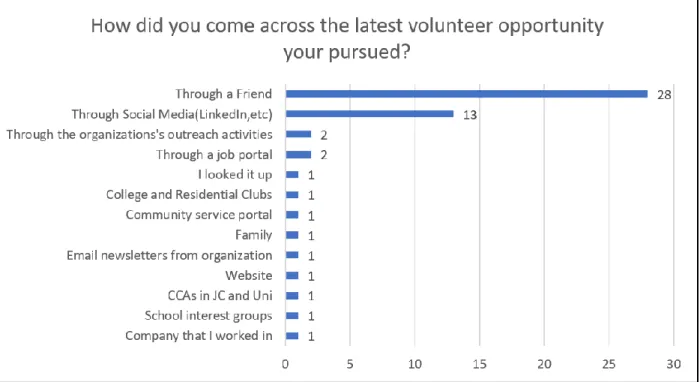
Volunteer recruitment
Given the very dynamic development of the pandemic, the nature of volunteer work accordingly requires agility, flexibility and responsiveness in order to ensure the greatest possible effectiveness of aid. Relief Valve promotes the most suitable volunteer matches between organizations and volunteers by posting "jobs" on the portal, similar to a job search engine. While the risks of volunteer management ultimately lie with the "hiring" organization, Relief Valve aims to minimize potentially damaging decisions by providing greater transparency on both sides during the search and application process.
For clarification, the risks and limitations discussed in this section focus on the risks associated with the use of the relief valve and not on voluntary risk management.
Quality standards
This will also be communicated to organizations in the onboarding process, so that expectations are managed and aligned with the portal's intentions.
Accountability of the Prospective Volunteer and Organisation
Usage in non-crisis times
Volunteer Survey Questionnaire
Organisation Survey Questionnaire
Volunteer Interview Questionnaire
Organisation Interview Questionnaire
Mockup Design
In addition, users can also use the organization's profile to learn more about the organization based on past volunteer testimonials or the organization's official LinkedIn page. Users can see testimonials from past volunteers who have volunteered in the organization. Users had access to free platform training materials provided by the platform and by the organization.
Users can access training materials from the organization when they accept the volunteering offer. All material either from the platform or from the organization is available via the user's personal library. The profile and activity will be made publicly available in the organization's profile, which can be edited at any time later.
The platform also requires the organization to upload its annual report and organizational structure for verification purposes. The platform will use LinkedIn, an established professional social network, to build a credible public presence for the organization. Once an organization is registered, they will be directed to create a volunteer opportunity, which consists of a job description and a registration form.
An organization can choose one of the pre-designed templates or saved templates from their previous volunteer opportunities. This proposal would allow the organization to save time in creating and advertising volunteer opportunities, especially during times of crisis. An organization can create a new template from scratch that can be saved for later recycling or reuse.
The organization must provide all necessary information regarding job title, job description and minimum requirements to create a job description. The organization can also put more detailed information in a document or files to be uploaded. The organization can also set up a candidate filter to make the volunteer opportunity discoverable only for a selective demographic.
The training materials will help the organization provide the necessary information and give the successful candidate more details about the role. Once the volunteer application is complete, the organization can review it before launching it on the platform.
